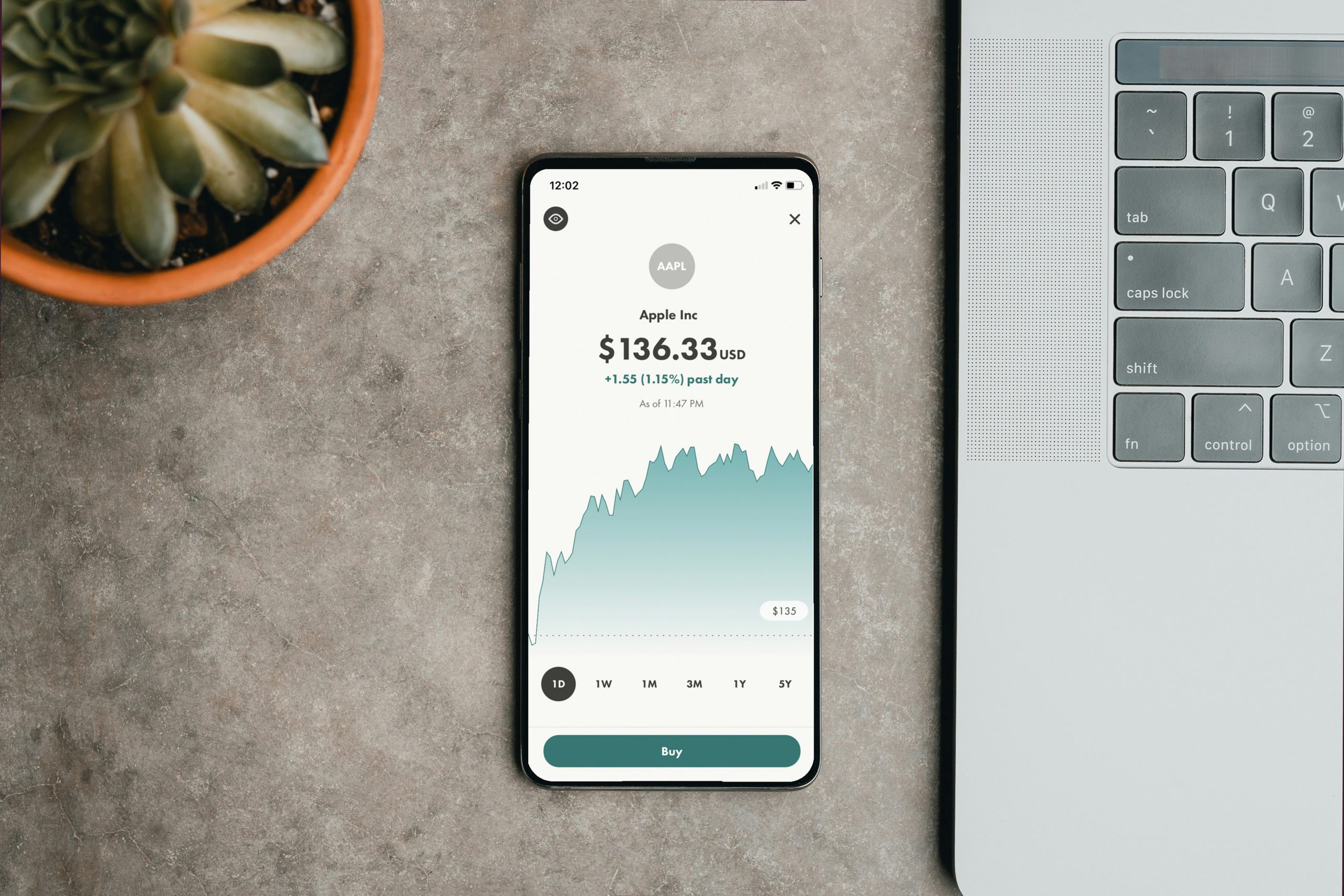Are you interested in the options trading world? Are you looking for a beginners guide to options trading? We’ve got you covered.
In this post, we go through what is options trading, and what you can do to profit from options trading and also what is the difference between stock trading and options trading.
Table of Contents
What Is Options Trading?
Options trading is like dipping your toes into the world of finance in a whole new way. Imagine having the power to buy and sell contracts based on things like stocks, gold, or even currencies. These contracts, called call or put options, basically give you a ticket to either buy or sell the security at a set price, but here’s the kicker – you’re not obligated to do it if you don’t want to. Plus, there’s a time limit on it.
Types of Options
So, to simplify, let’s take a look at the two primary types of options with examples:
Call Options

Imagine you’re a big fan of a particular company, let’s call it Sunshine Inc. You have a hunch that its stock price is going to shoot up in the near future. Now, you could just buy the stock outright and wait for it to rise, but here’s where call options come into play.
A call option is like holding a special coupon that gives you the right to buy shares of Sunshine Inc. at a fixed price, let’s say $50, no matter how high the actual stock price goes. You pay a small fee, called a premium, for this privilege.
How Does Call Options Work?
Let’s say the current price of Sunshine Inc. stock is $45, but you expect it to skyrocket to $60 in a few months. You decide to buy a call option for 100 shares at the $50 strike price. If Sunshine Inc.’s stock does indeed climb to $60, congratulations! You can exercise your call option, buy the shares at the agreed-upon $50 price, and immediately sell them at the market price of $60. You’ve just made a profit of $10 per share ($60 – $50), minus the premium you paid for the option.
The fantastic thing about call options is that they offer you the opportunity to potentially profit from a rise in stock prices without having to invest a large sum upfront. Plus, your potential gains are magnified thanks to leverage – you control a lot more shares for a fraction of the cost.
Put Options

In the world of options trading, put options are like a shield against falling prices. They give you the right, but not the obligation, to sell a stock at a predetermined price, known as the strike price, within a specified time frame. This means you can profit when the stock price goes down. Think of put options as insurance. Just like you’d insure your car against accidents, you can use put options to protect your stock investments from unexpected drops in value.
How Does Put Options Work?
Let’s say you own shares of TechGrowth Inc., but you’re worried that the stock might take a tumble due to market volatility. You can buy a put option that allows you to sell your TechGrowth shares at a predetermined price, let’s say $50, even if the market price falls below that. Suppose TechGrowth Inc. is currently trading at $60 per share. You buy a put option with a strike price of $50 for a small premium. If the stock price drops to $40, you can exercise your put option, sell your shares at $50 each (the strike price), and pocket the difference. Put options provide you with a valuable tool for managing risk in your investment portfolio. They allow you to profit from falling stock prices or protect your existing investments from potential losses.
Pros and Cons of Call Options and Pull Options In a Table
Here’s a concise pros and cons comparison of call options versus put options that you need to know if you are looking for the best beginner guide for options trading:
Call Options | Put Options | |
Pros |
|
|
Cons |
|
|
What are some Options Trading Advantages Compared to Stocks Trading?
Options trading offers several advantages compared to stock trading, providing investors with unique opportunities to diversify their portfolios and manage risk more effectively:
- Leverage: One of the most significant advantages of options trading is the ability to control a larger position in the underlying asset with a smaller amount of capital. This leverage allows traders to amplify their potential returns while risking only a fraction of the capital required for stock trading.

2. Risk Management: Options provide investors with a variety of strategies to hedge against potential losses and protect their portfolios from adverse market movements. Whether it’s through buying protective puts or implementing complex spread strategies, options offer flexible risk management tools that are not available in traditional stock trading.
3. Flexibility: Options trading offers a wide range of strategies that can be tailored to meet different market conditions and investment objectives. Whether you’re bullish, bearish, or neutral on the market, there’s likely an options strategy that aligns with your outlook and risk tolerance.
4. Income Generation: Options trading allows investors to generate income through various strategies, such as selling covered calls or cash-secured puts. These strategies can provide consistent returns, even in sideways or slightly bearish markets, which can be particularly attractive for income-focused investors.

5. Diversification: By incorporating options into their investment portfolios, traders can diversify their risk exposure beyond traditional stocks and bonds. Options offer exposure to a wide range of asset classes, including stocks, commodities, currencies, and indexes, allowing investors to spread risk more effectively.
6. Potential for Higher Returns: Due to the leverage and flexibility options provide, traders have the potential to achieve higher returns compared to traditional stock trading. However, it’s essential to remember that with increased potential returns comes increased risk, and options trading requires careful risk management and strategic decision-making.
Overall, options trading can be a good addition to any investor or trader’s toolkit, offering unique advantages that complement and vast the traditional trading or investing strategies.
How Much Capital Do I Need to Fund My Options Account?
Most online brokers and platforms like to make sure you know your stuff before diving into options trading. It’s not just about protecting your investment but theirs too. So, they might quiz you on your options knowledge before letting you lose with your hard-earned cash. Once they’re satisfied, you could start trading with just a couple thousand bucks in your account.
Let’s explore pattern day trading for example. In pattern day trading that is only used by the U.S trader, you can easily buy and sell the same security on the same day at least four times within a five-day period. To be able to engage in a pattern day trading, a trader must have a margin account and have a minimum of 25K in their account. Pattern Day trading is done so that traders could avoid risks of losing their interest and while they do frequent trading.
So, unless you’re planning to take it slow with your options trading, it’s best to think of $25,000 as the minimum amount you’ll want to kick start your options trading journey.
Last Words
So, now the beginners guide to options trading is over, and you know what options trading is, how you can use it and more. But if you like to know more about the trading world, you can follow us on our YouTube channel at Meta Trading Club, where we teach more educational and beginner friendly topics in a simple way.
Frequently asked question
So, simply put, options are contracts that are given to the trader to have the ability to buy and sell underlying assets at a specified price called strike price within a predetermined time window.
Well, the definition of stocks shows that you own a small share of a company by owning their stocks. But in options, you profit from price movements of the underlying assets without actually owning it.
Let’s put it this way that the premium is the price paid by the buyer to the seller for the option contract. It shows the cost of purchasing the option and is determined by factors such as the underlying asset’s price, volatility, time to expiration, and interest rates.
Exercising in options trading means the act of using the right that is granted to you by the options contract. If the option is profitable enough, the buyer can exercise it to buy or sell the underlying asset at the agreed-upon price. But don’t forget that options don’t have to be exercised as they can be sold or you allow them to expire to become worthless.
Simply said, volatility in options trading means measurement of the expected price changes in the market. SO if the volatility is up it means that traders need to expect greater price swings and vice versa.
Some common options trading strategies are such as: buying call options, buying put options, selling covered calls, buying protective puts, and employing more complex strategies like straddles, strangles, and iron condors. If you are interested in knowing more, you can get our Free Ebook By Meta Trading Club about the trading world in general that is totally beginner friendly.
Well, firstly, The expiration date, also known as the expiry or maturity date, is the date when the option contract expires and becomes void or worthless. After this date, the option can no longer be exercised (buy or sell from), and any remaining time value in the option diminishes to zero. Traders like you, must be mindful of expiration dates when planning their options strategies, as they impact the time frame for potential price movements.













